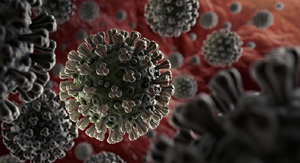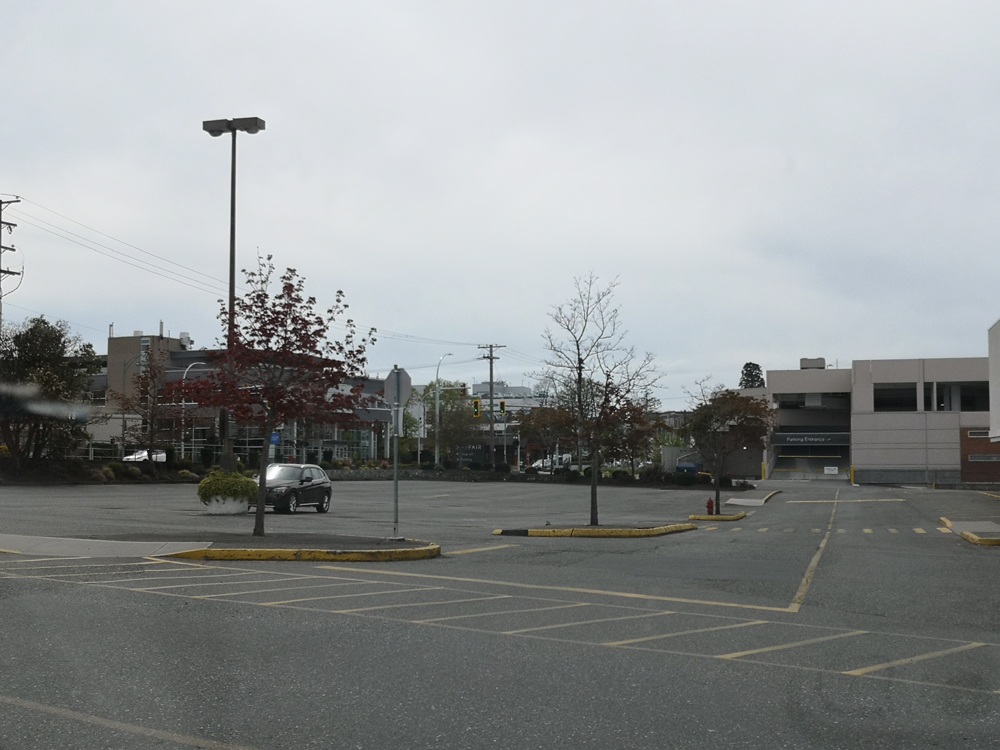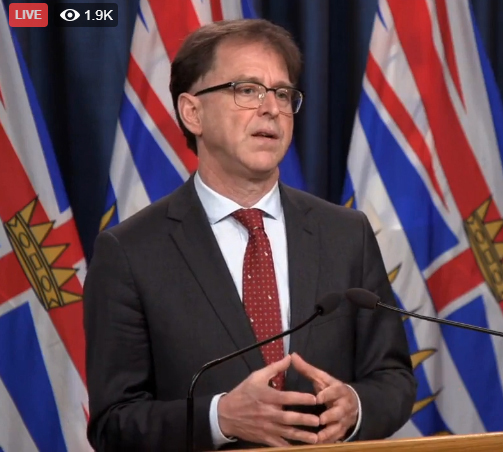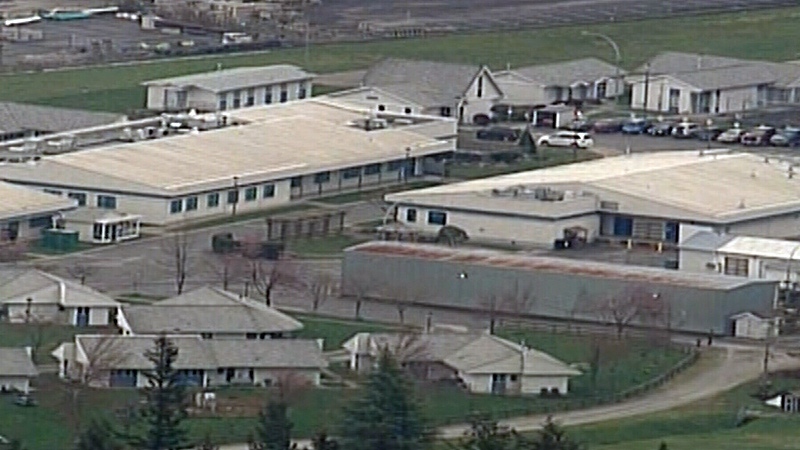
Monday April 27, 2020 | VICTORIA, BC [updated April 28]
by Mary Brooke, B.Sc. ~ West Shore Voice News
By now most British Columbians and media are used to — if not expecting — the near-daily delivery of a COVID-19 update from Health Minister Adrian Dix and Provincial Health Officer Dr Bonnie Henry.
The torrent of news conferences — as well as the information within them — is ever so slightly pulling back, though the depth and breadth of issues touched upon lightly stands upon the regular exposure and explanations of details, approaches and decisions made over the last three months by BC’s government leadership under the direction of public health expertise.
As it presently stands, this week there will be only four regularly scheduled teleconferences (today’s, and one on each of Tuesday, Wednesday and Thursday — each at 3 pm). Dr Henry also sometimes delivers an update on Saturdays. Fridays of late have been reserved for either a more detailed briefing (March 27, April 17, and this coming Friday), or — as on Good Friday — no briefing at all. It seems like letting the foot off the gas pedal.
But perhaps that’s because we are already actually travelling quite fast on the road that public health intended us to be on in the fight against and containment of the COVID-19 pandemic in BC. We have flattened the curve as asked. But we’re at cruising altitude but we’re still in full flight in what Dr Henry calls “our BC epidemic”.

She has for sure put her stamp on things. In addition to the phrase now forever associated with her name and role in fighting COVID-19 in BC — “Be kind, be calm and stay safe”, she has carved herself into BC history as a sort of army general leading the troops against the unseen but powerful enemy. A microbe we cannot see but which has brought an entire province (and world) to its knees.
The active power of a virus:
Ironically, given its ravage virulence with effectively a powerful life force, a virus is not actually considered to be a living thing. A virus is a submicroscopic infectious agent that replicates only inside the living cells of an organism, and therefore science technically considers it to be a non-living thing.
On the bigger plane of things, one can ponder how our world — which we instinctively feel is teeming with life, carries within it this enemy that generally we cannot fully defeat.
While we all now hope for a vaccine to make all this ‘go away’ in a year or two (this is based on talk by scientists, public health, and politicians), in actual fact it is rare to have a fully effective vaccine against viruses.
Viruses keep mutating. There is still no vaccine for AIDS, or a full-coverage vaccine for influenza, or even for the ‘common cold’ which we just accept as part of living on this planet.
Perhaps we will need to find ways to live with COVID-19 for a very long time, in modulated ways.
Impacting people and economy:

But wrestle us ably, COVID-19 has. COVID-19 has broken the back of the economy, cleared students out of schools, and forced people to retreat into their homes while meanwhile putting boundaries between us. As human nature is and will be — we have resisted.
At first the sensible action has been to hunker down with available resources while the enemy could be assessed. We took a pause, set back by the sheer audacity of the situation. But life goes on, and both individuals and governments are already — being now past the initial onset mode — figuring out how to break free of these COVID-19 chains that have tied us up.

Plans are being made, said Dr Henry today, for how to reactivate various sectors of the economy and how schools might begin to welcome students back. Most people are already imagining what their re-emergence scenario will look like (just for the sheer freedom-feel of it), even while they have become settled into what might be a fairly comfortable routine working at home.
First view of a new normal:
Probably none of us have any idea what the new normal looks like entirely, but we can see components of it. Unless there is a vaccine that is effective across-the-board, we will need to find ways to live with COVID-19 for a very long time, in modulated ways.
By necessity (for work, for exercise, for social connections and mental well-being) we will soon be out of the house more. But we will now instinctively keep the 6-foot distance from others. We will probably still wear a mask for a while this year and next, while keeping a spare mask and some gloves in our carry-bag. We will remember to do a better job of staying in touch with people — at least for a while, as the shock of potentially seeing the world turn upside forever still lingers in our collective aura.
COVID-19’s impact on housing and income stability:
We will not soon become complacent about the importance of having a roof over our heads and particular in living spaciously (as most of the cluster outbreaks have been seen in higher-density living quarters). Perhaps the housing market might more rapidly achieve the variability in housing types and supports that the BC government has been trying to usher in since 2017.
The example of moving homeless people off the street and into hotels along with health and social supports (as announced last weekend) is a prime example of new momentum in areas that have been talked about for years.
And perhaps as citizens we will be more inclined to expect and demand a better social safety net of our governments. Already in Canada we see both the NDP and the Greens talking about a guaranteed living income so that no one falls between the cracks when things are not at their best. This might be fortuitous timing for pushing along a baseline form of income for every Canadian, in combination with the fact that the workforce is now rapidly changing due to artificial intelligence and changing social structures… there will be gaps in employment as types of work and careers continue to change. As the Greens are now saying: “Guaranteed Livable Income, virus or not”.
Picture small and large:

And then we hear today that three more people died from the insidious virus in BC this past weekend, and can wonder on some level why that number seems small.
The magnitude of the scenario is great on all levels. Deaths due to COVID-19 are deaths for people before their time, a sudden hit from a source that will haunt us as a culture now for probably some time to come, for a generation.
“Everyone matters when dealing with COVID-19. Every single case and person matters,” said BC Health Minister Adrian Dix today in his joint news conference with Dr Henry. He said that the pandemic has been “an enormous struggle for many people in our province”, and said that the COVID-19 deaths in BC have affected 103 families and communities.
COVID-19 Statistics at April 27:
So here are the COVID-19 stats delivered by Dr Henry today, reminding us that while we took a weekend away from the steady drumming of COVID-19 numbers, that life (or the challenge to it) carried on.
From Saturday April 25 to Sunday April 26 there were 39 new cases, and then on Sunday to this morning another 11, for a total of 50 being added to the total, making that total stand at 1998 (795 in Vancouver Coastal Health, 879 in Fraser Health, 117 in Island Health, 164 in Interior Health, and 43 in Northern Health).
![COVID-19 stats at April 27, 2020 [BC CDC]](https://islandsocialtrends.ca/wp-content/uploads/2020/04/BC-CDC-Apr2720-web.jpg)
Two new long-term care homes have outbreaks: Valhaven Home and MSA Manor facilities in the Fraser Health region, with a single person identified in each case. Fraser Health is assessing and managing those outbreaks.
The outbreak at Central City Lodge (in downtown Vancouver) is now declared over, bringing the total number of declared outbreaks to 12, within a total of 32 affected long-term care homes and assisted living facilities. The number of long-term care and assisted-living homes currently affected is 20, and there are three acute-care unit outbreaks.
A total of 389 people “in those facilities” have tested positive, the Provincial Health Officer said.
Community outbreaks:
Community outbreaks saw increased testing this past weekend. At the Superior Poultry plant there are 25 people with test-positive results, with an ongoing investigation and testing of family contacts. Meanwhile, a sister plant — United Poultry — sees 34 people who have tested positive.

There is “lots of testing” at the Mission correctional institution, with 118 cases there (106 inmates and 12 correctional staff).
There are 11 people in BC associated with outbreak at industrial lake in Kearle Lake in AB who have tested positive for COVID-19. Dr Henry said she “had identified that this is an issue”, in that there are “ties with Alberta for movement of people for this essential work”. There are several hundred people associated with that workplace in Kearle Lake and “various degrees of information from their employer about the outbreak”, Dr Henry said today.
“Anybody who has been in the Kearle Lake project since March 24 or is in close contact with a worker who is ill or has concerns should immediately self isolate and contact public health,” Dr Henry said. She added that public health is trying to contact individuals who’ve been associated with that outbreak. “If you have any symptoms at all, stay away from others – call 811 or your care provider or local public health.”
Hospitalizations & deaths:
As of today in BC, 1,190 people have fully recovered from COVID-19 in BC. But there are 97 people in hospital with COVID-19 infection, of which 36 are in ICU.
Including the three people who died over this past weekend, the total of deaths from COVID-19 in BC now stands at 103.


